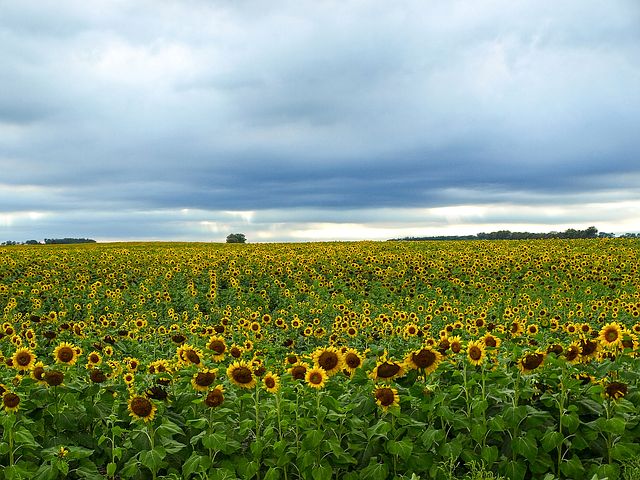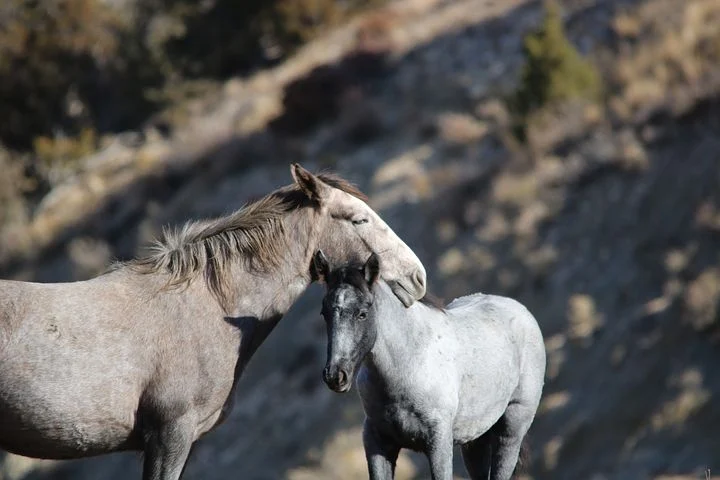North Dakota

North Dakota: A Comprehensive Overview
North Dakota, an upper midwestern U.S. state, is named after the indigenous Dakota Sioux tribe. Sharing borders with Canadian provinces Saskatchewan and Manitoba to the north, and U.S. states Minnesota, South Dakota, and Montana, North Dakota is an integral part of the Great Plains region.
Geographical Features
North Dakota is characterized by vast prairies, steppe, temperate savanna, badlands, and fertile farmland. It boasts the distinction of hosting the geographic center of the continent in the town of Rugby. The state was once known for the tallest artificial structure in the Western Hemisphere, the KVLY-TV mast.
As the 19th largest state, North Dakota’s population is less than 780,000, making it the 4th least populous and 4th most sparsely populated. The state capital is Bismarck, while the most populous city is Fargo, accounting for nearly a fifth of the state’s population.

Historical Background
Native American tribes such as the Mandan, Hidatsa, and Arikara along the Missouri River; the Ojibwa and Cree in the northeast; and several Sioux groups across the state inhabited what is now North Dakota for thousands of years. European explorers and traders arrived in the early 18th century, mainly in pursuit of lucrative furs. The United States acquired the region in the early 19th century, gradually settling it amid growing resistance from increasingly displaced natives.
The Dakota Territory, established in 1861, became central to American pioneers, with the Homestead Act of 1862 precipitating significant population growth and development. North Dakota was admitted to the Union on November 2, 1889, as the 39th state.
Economy and Industry
Agriculture is North Dakota’s largest industry, with industrial-scale farming making it rank high in the nation in the value of crops. The state is the leading producer of many oilseeds and grains. Still, it has also seen significant growth in the energy and technology sectors, driven by the exploitation of its rich natural resources.
North Dakota is known as “the Saudi Arabia of wind energy” due to its vast rural expanses and consistent wind speeds. The state’s oil reserves have also played a major role in its economic prosperity and have led to unprecedented population growth and reduced unemployment.

Cultural Heritage
North Dakota’s cultural heritage is a blend of Native American traditions and influences from its Norwegian and Icelandic settlers. Powwows, social gatherings featuring singing, dancing, and inter-tribal activities, are a significant part of Native American culture in the state. The state also hosts the largest Scandinavian event in North America, the “Norsk Høstfest,” reflecting its strong Norwegian and Icelandic heritage.
Educational Landscape
North Dakota boasts 11 public colleges and universities, five tribal community colleges, and four private schools. The North Dakota University System serves the state’s public institutions, while tribal institutions and private institutions offer a variety of educational options.

Infrastructure and Transportation
North Dakota’s transportation infrastructure includes major interstate highways, railway systems, airports, and public transit systems. The state’s court system has four levels, one of which is dormant. Municipal courts serve the cities, and most cases start in the district courts, which are courts of general jurisdiction.
Politics and Governance
North Dakota’s political landscape is dominated by two major political parties: the Democratic-NPL and the Republican Party. The state’s government is divided into three branches: executive, legislative, and judicial. The governor heads the executive branch, while the North Dakota Legislative Assembly, a bicameral body, handles legislative duties.

Sports and Recreation
Sports and outdoor activities such as hunting, fishing, and ice fishing are popular pastimes for many North Dakotans. The state also has a vibrant sports scene with several professional and semi-professional teams, including the Bismarck Bucks of the Indoor Football League, and the Fargo-Moorhead RedHawks of the American Association.
North Dakota is a state rich in history, culture, and natural beauty. From its early Native American inhabitants to its flourishing industries and vibrant culture, North Dakota offers a unique blend of the old and new. With its diverse landscapes, booming economy, and warm, welcoming communities, it’s no wonder that North Dakota is a state that continues to captivate and charm those who call it home. Whether you’re a history buff, outdoor enthusiast, or just someone looking for a beautiful place to call home, North Dakota has something for everyone.